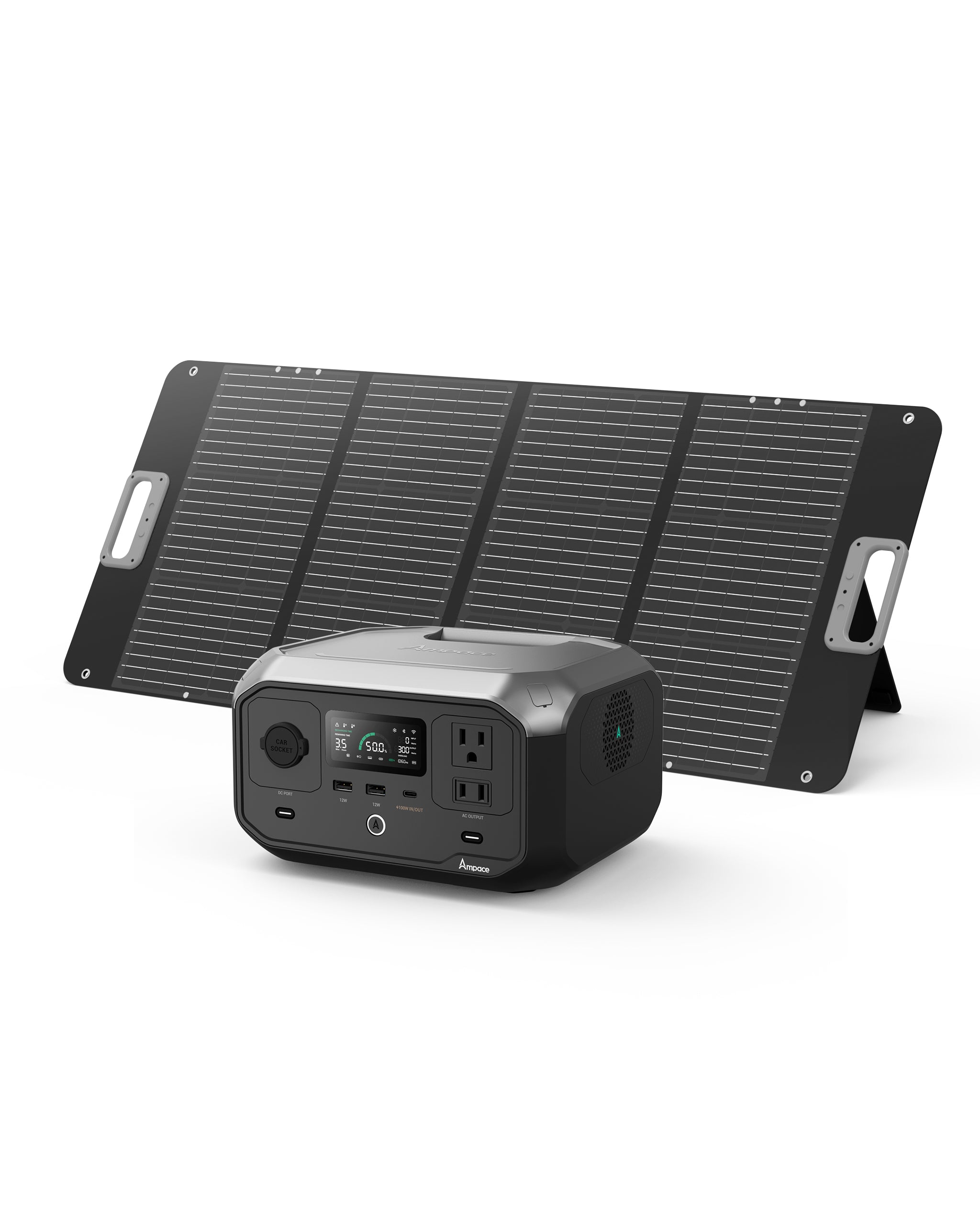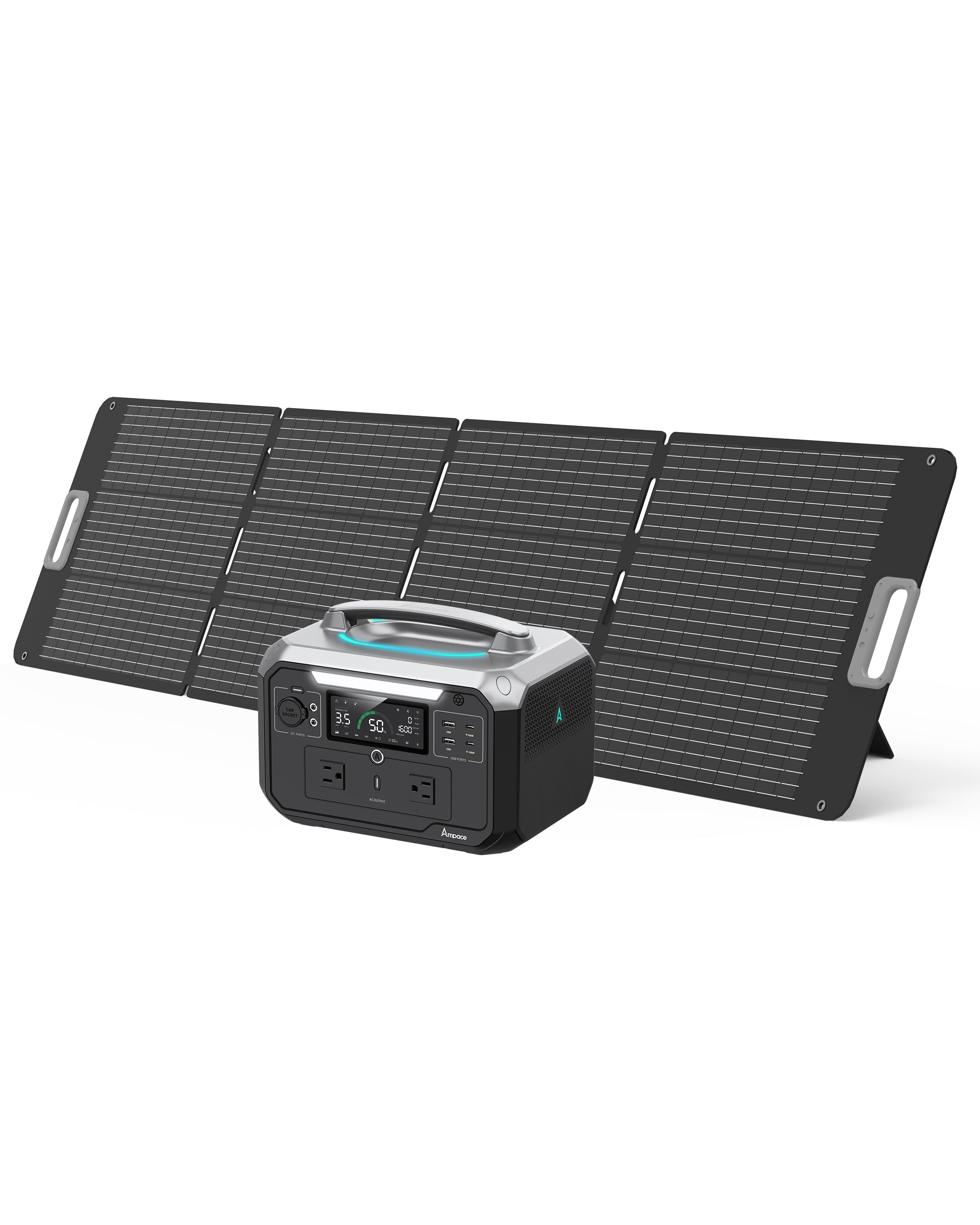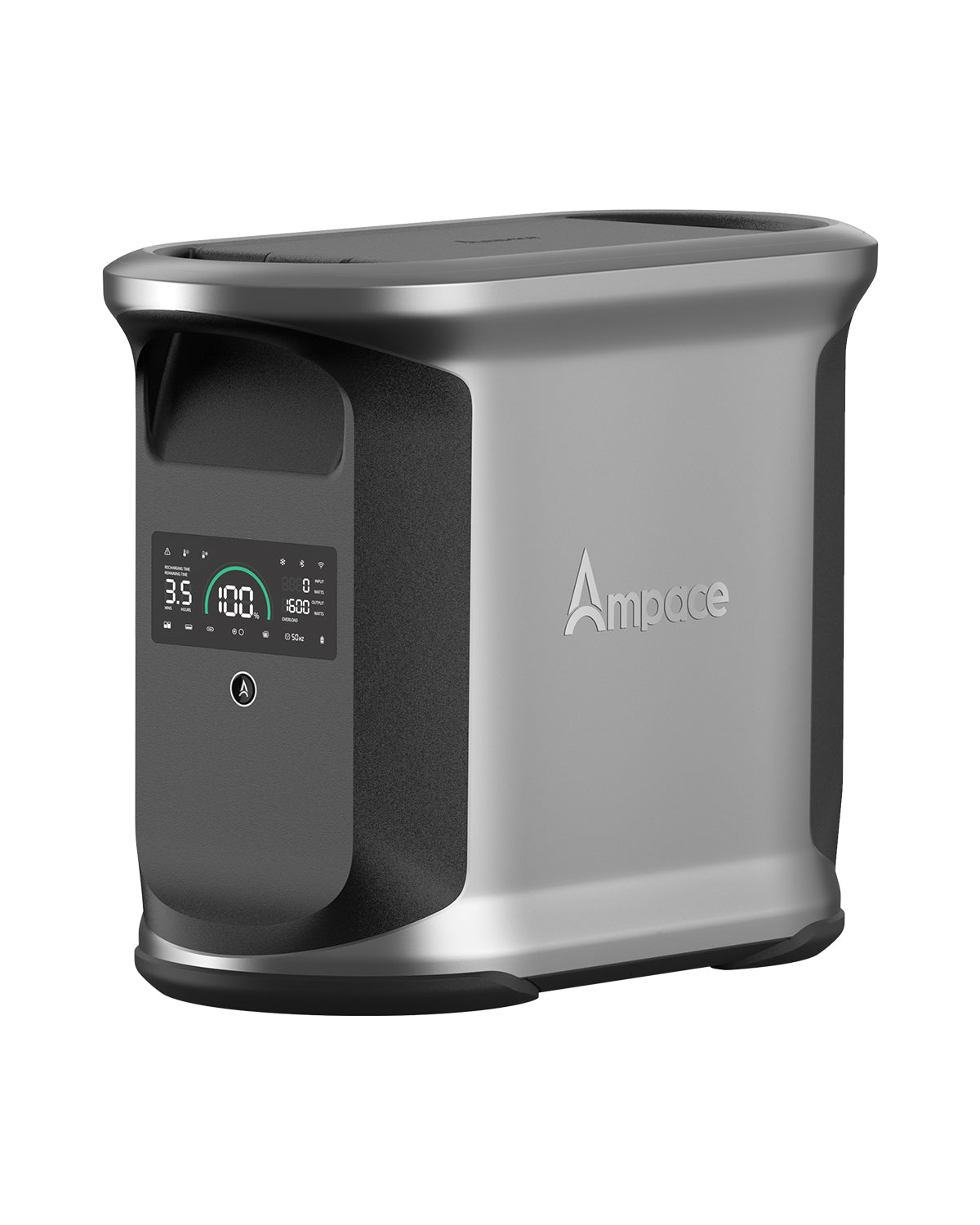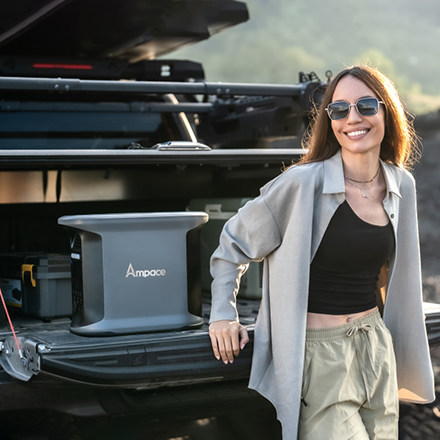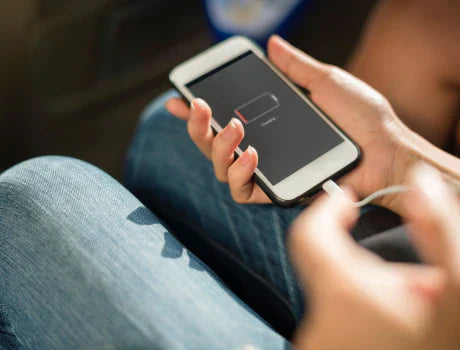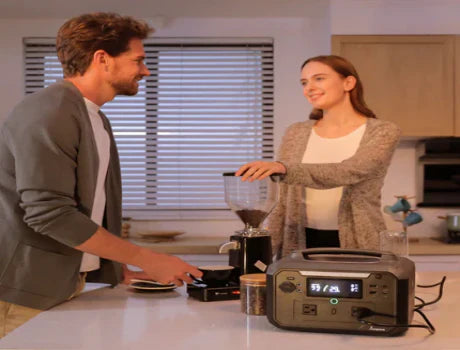What is a Watt-Hour? Quick Explanation
When exploring Ampace’s product pages, you’ll notice we use Watt-Hours (Wh) to describe the capacity, or the amount of charge, stored in our batteries, like the Ampace Andes 1500. While Watts and Watt-Hours may sound similar, they’re distinct concepts that can be confusing. Don’t worry—we’re here to break it down. Let’s get started!

What is a Watt?
To grasp Watt-Hours, let’s first define a Watt. A Watt (W) is a unit of power, measuring the rate at which energy is delivered. Think of Watts as the "speed" of energy flow. For instance, a high-wattage appliance like a refrigerator needs more energy flow to operate than a low-wattage device like a smartphone charger.
Picture electricity as water flowing through a pipe. Watts measure how fast the water (energy) flows to power your devices. A high-wattage device requires a larger "pipe" to deliver the necessary energy.
For example, if you’re planning a camping trip and want to power a portable cooler, you’d check its wattage requirements (typically listed on a label or in the manual) to ensure the power backup can support it.
What is a Watt-Hour?
Watt-Hours measure energy, or the total amount of power used over time—specifically, one hour. In batteries, Watt-Hours indicate capacity, or how much charge a battery can store. Unlike Watts, which measure the instantaneous rate of power, Watt-Hours reflect the total energy available.
Using the water analogy, if Watts measure the flow rate, Watt-Hours measure the total volume of water delivered over an hour. For example, a 100-Watt device running for 1 hour uses 100 Watt-Hours. If it runs for 4 hours, it consumes 400 Watt-Hours.
Watt-Hours are calculated using the formula:
| Watt-Hours = Volts × Amp-Hours
For the Ampace Andes 1500, with a 1462Wh capacity at 44.8V, this translates to roughly 32.6 Amp-Hours (1462 ÷ 44.8 ≈ 32.6). This means it can theoretically power a 100-Watt device for about 14.6 hours (1462 ÷ 100 ≈ 14.6) or a 50-Watt device for approximately 29.2 hours (1462 ÷ 50 ≈ 29.2). Note that real-world performance may vary due to efficiency losses.

Why Watt-Hours Matter
Watt-Hours provide a universal way to compare battery capacities, regardless of voltage or other specifications. This makes it easier to gauge how long the battery can power your devices, whether it’s a smartphone, laptop, or electric cooler.
For instance, if your smartphone’s battery has a 10 Watt-Hour capacity, a 1462Wh power station could recharge it about 146 times (1462 ÷ 10 ≈ 146). This standardized metric simplifies planning for off-grid adventures, power outages, or daily use.
Putting It Into Practice
Imagine you’re facing a power outage and need to keep a 60-Watt fan running. With the Ampace Andes 1500’s 1462Wh capacity, you could power the fan for approximately 24.4 hours (1462 ÷ 60 ≈ 24.4). Similarly, during a camping trip, you could run a 200-Watt electric cooler for about 7.3 hours (1462 ÷ 200 ≈ 7.3). Knowing the Watt-Hour capacity helps you select the right Ampace product for your needs, whether for home backup, outdoor adventures, or emergency power.
By understanding Watt-Hours, you can confidently choose the Ampace Andes 1500 to keep your devices powered, ensuring reliability for camping, remote work, or emergency preparedness.
Ampace Products and Their Watt-Hour Capacities
Ampace offers a range of portable power stations designed to meet various needs, from compact travel solutions to robust home backup systems. Below, we compare the Watt-Hour capacities of three popular models—the Ampace Andes 1500, Andes 600 Pro, and Andes 300—and how many times each can charge an iPhone 16 Pro, which has a battery capacity of 13.94Wh (3582mAh at approximately 3.89V).
- Ampace Andes 1500: This portable power station comes with a 1462Wh capacity, making it a comprehensive home backup energy solution. Equipped with 13 outlets, it not only provides long-lasting power for everyday digital devices but can also easily run small household appliances during power outages or outdoor camping, ensuring reliable energy anytime, anywhere.
It can charge an iPhone 16 Pro approximately 105 times (1462 ÷ 13.94 ≈ 105).

-
Ampace Andes 600 Pro: With a capacity of 584Wh, this model is a versatile mid-range option.The Andes 600 Pro is perfect for camping or short-term power outages, balancing portability and capacity.
It can charge an iPhone 16 Pro approximately 42 times (584 ÷ 13.94 ≈ 42).

-
Ampace Andes 300: This compact power station offers 266Wh of capacity, making it highly portable for outdoor adventures. The Andes 300 is ideal for lightweight travel or as a backup for smaller devices.
It can charge an iPhone 16 Pro approximately 19 times (266 ÷ 13.94 ≈ 19).

Share this article on social media to help others learn about Watt-Hours and how Ampace powers their adventures!





